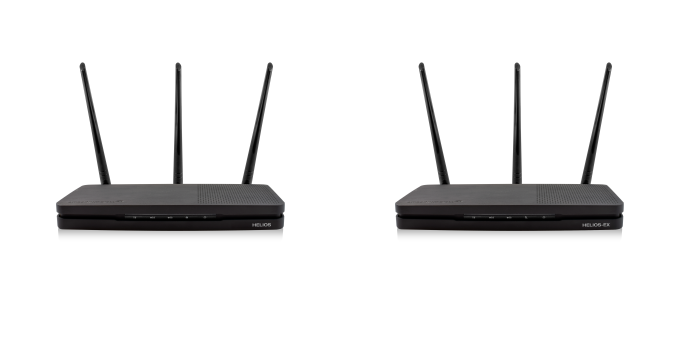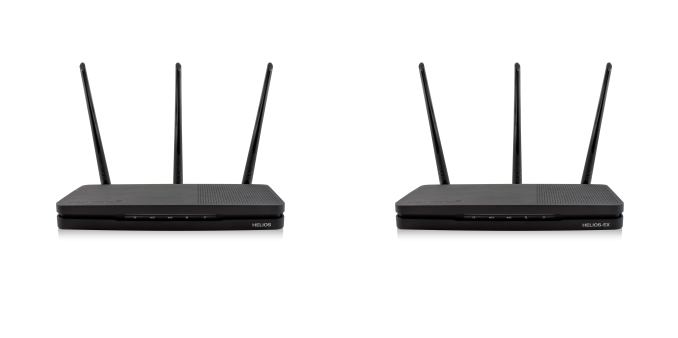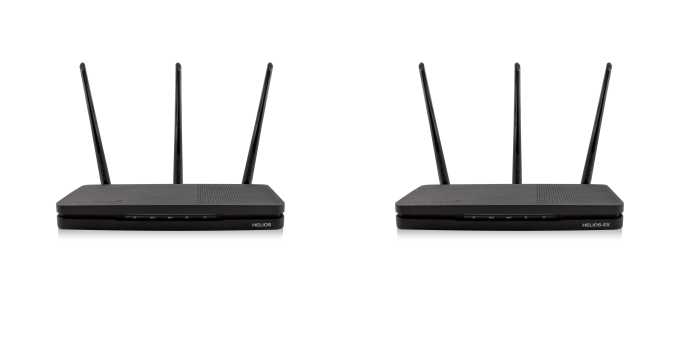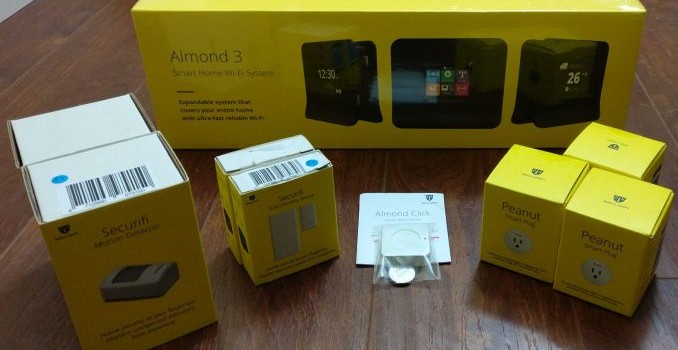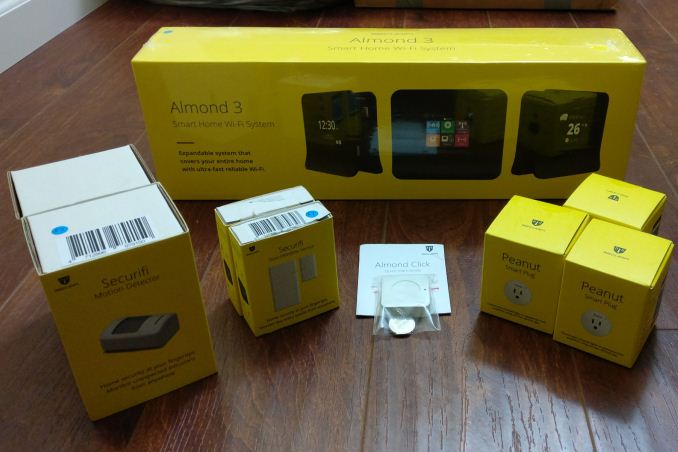Amped Wireless Launches AC2200 HELIOS Family with Qualcomm’s Tri-Radio 802.11ac Solution
At Computex 2016, Qualcomm Atheros announced the availability of a tri-radio 802.11ac platform with Wave 2 MU-MIMO capabilities. The firmware in the platform also supported Wi-Fi SON (Self-Organizing Networks), which is fast becoming an essential requirement in mesh networks. The announcement had a quote from Amped Wireless, indicating support for the new platform. We were expecting their mesh system – ALLY – to ship with that platform, but the ALLY had no dedicated backhaul channel to provide the best possible performance. Instead, Amped Wireless has chosen CES 2017 to announce the first set of products based on the Qualcomm tri-radio platform – the HELIOS family.
At the heart of the Qualcomm announcement was a highly integrated network processor SoC, the IPQ40x9. It integrates two 2×2 radios. While one radio is always set to operate in the 5 GHz band, the other one can be configured in either 2.4 or 5 GHz mode. The SoC also includes a PC interface to further connect additional radios. The Qualcomm announcement included two platforms:
- AC2200 class of products with a 2×2 802.11ac radio such as the QCA9886 connected to the PCIe interface (resulting platform has a 2×2 2.4 GHz radio (400 Mbps with 256QAM) and two 2×2 5 GHz radios (866 Mbps + 866 Mbps))
- AC3000 class of products with a 4×4 802.11ac radio such as the QCA9984 connected to the PCIe interface (resulting platform has a 2×2 2.4 GHz radio (400 Mbps with 256QAM), a 2×2 5 GHz radio (866 Mbps) and a discrete 4×4 5 GHz radio (1733 Mbps))
The HELIOS family (a HELIOS router and a HELIOS-EX extender) adopt the AC2200 platform. The router operates with two 5 GHz SSIDs and one 2.4 GHz SSID, with traffic allowed to be spread across the bands. The extender, on the other hand, uses one of the 5 GHz bands as a dedicated backhaul to connect to the main router (in that way, it is similar to the Orbi’s backhaul connection – except that it is 2×2 instead of the Orbi’s 4×4). Amped Wireless has given the tag ‘DirectLink’ to this dedicated backhaul connection.
The HELIOS-EX (RE2200T) and the HELIOS router (RTA2200T) will have a MSRP of $180. The extender is slated to become available in February 2017, while the router will make its entry towards the end of this quarter.

